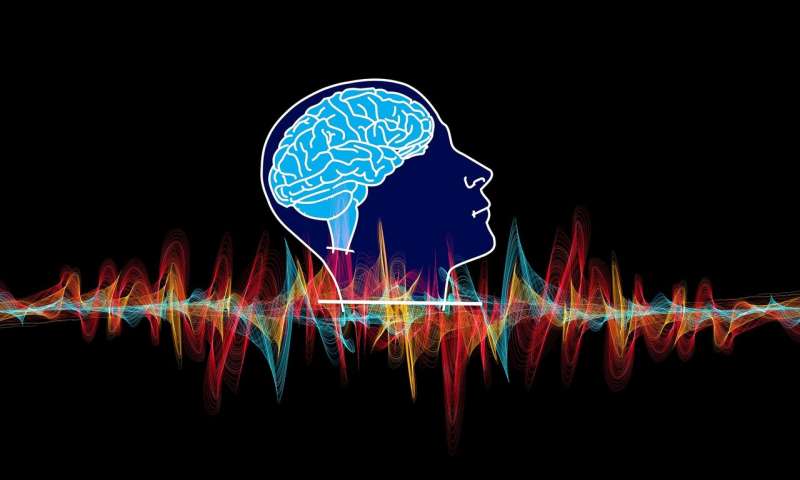HOME
Traveling brain waves help detect hard-to-see objects

Imagine that you're late for work and desperately searching for your car keys. You've looked all over the house but cannot seem to find them anywhere. All of a sudden you realize your keys have been sitting right in front of you the entire time. Why didn't you see them until now?
Now, a team of Salk Institute scientists led by Professor John Reynolds has uncovered details of the neural mechanisms underlying the perception of objects. They found that patterns of neural signals, called traveling brain waves, exist in the visual system of the awake brain and are organized to allow the brain to perceive objects that are faint or otherwise difficult to see. The findings were published in Nature on October 7, 2020.
"We've discovered that faint objects are much more likely to be seen if visualizing the object is timed with the traveling brain waves. The waves actually facilitate perceptual sensitivity, so there are moments in time when you can see things that you otherwise could not," says Reynolds, senior author of the paper and holder of the Fiona and Sanjay Jha Chair in Neuroscience. "It turns out that these traveling brain waves are an information-gathering process leading to the perception of an object."
Scientists have studied traveling brain waves during anesthesia but dismissed the waves as an artifact of the anesthesia. Reynolds' team, however, wondered if these waves exist in the visual part of the brain while awake and if they play a role in perception. They combined recordings in the visual cortex with cutting-edge computational techniques that enabled them to detect and track traveling brain waves.
News Source